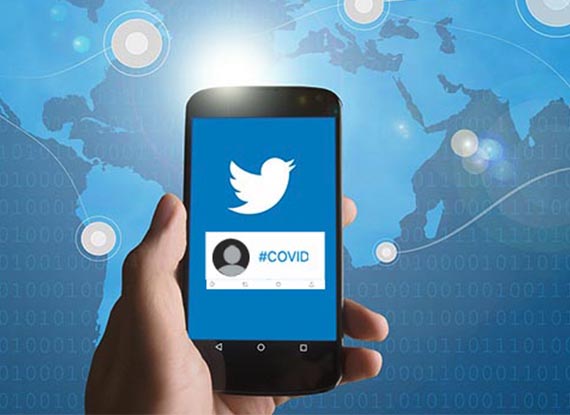
Mizzou Engineers Using Twitter to Track COVID-19
Mizzou Engineers are taking to Twitter to track COVID-19 and analyze the virus's impact on individual health. Yijie Ren, Jiacheng Xie and Lei Jiang are using Twitter’s built-in programming interface to search tweets for key phrases such as “I tested positive.” From there, they’re delving deeper into the Twitter user’s account to log symptoms and recovery experiences.
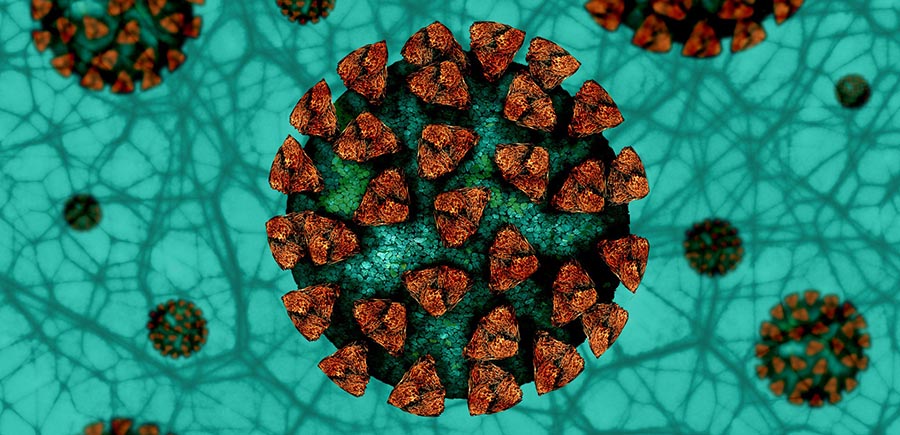
Professor Helping Develop Better Way to Diagnose COVID-19
A Mizzou Engineer has teamed up with a company to help develop a better way to diagnose COVID-19. Dong Xu, Shumaker Professor of Electrical Engineering and Computer Science, is working with a company applying nanopore sequencers to test DNA samples for the virus. Xu will then help develop a system to analyze the DNA data.

Autonomous Systems Will be the Future; IT Professor Making Sure Mizzou Engineers are Ready
Driverless taxis. Delivery drones. Robots that can complete complex tasks. These technologies are emerging quickly, and Dale Musser is determined to make sure Mizzou Engineers are ready.
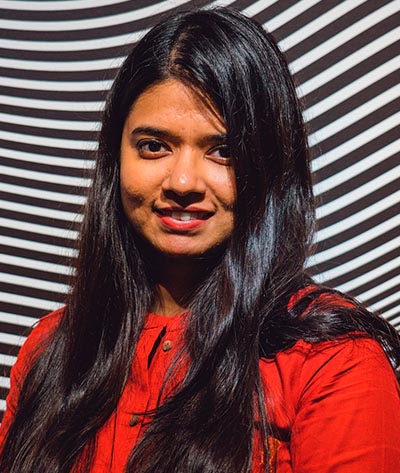
EECS Student Takes First-Place Award for Sleep Apnea Research
Omiya Hassan took top honors at the 37th Annual Research & Creative Activities Forum for helping develop a smarter way to diagnose sleep apnea.
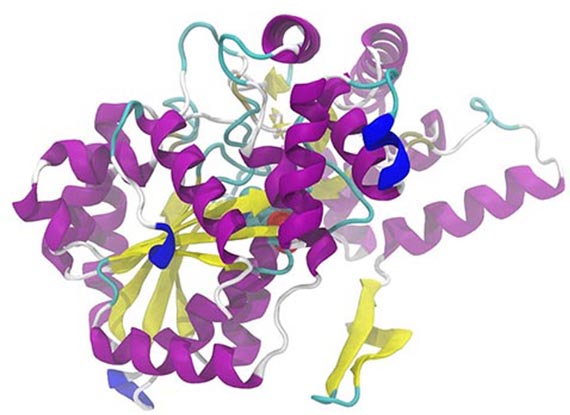
Protein Prediction Challenge Makes History – and Mizzou Engineers Rank in Top 10
Mizzou Engineering students took on tech giants at a worldwide competition last month and came home in the top 10 for devising a way to accurately predict protein structures. And in subcategories, Mizzou teams ranked in the top 3.
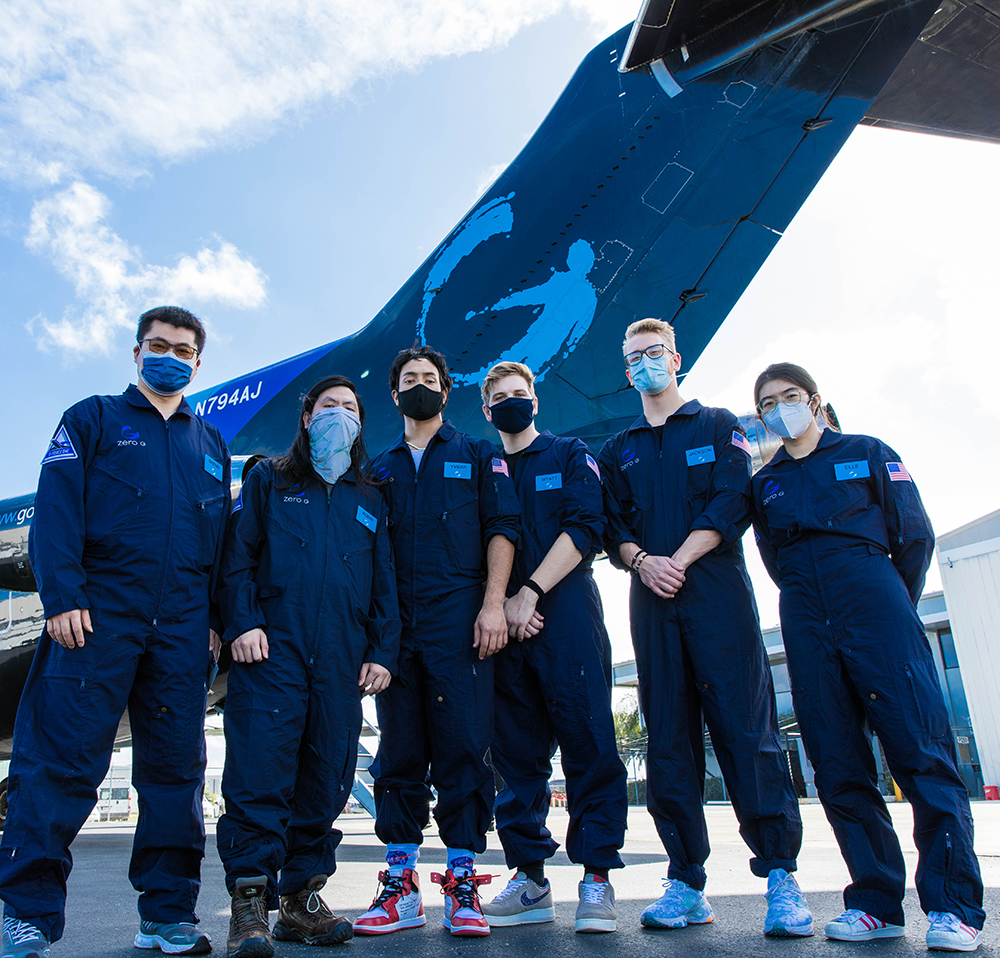
Mizzou Engineers Experiment in Zero Gravity
A Mizzou Engineering team consisting of researchers and students recently performed and completed their work in a unique setting – a zero-gravity environment.
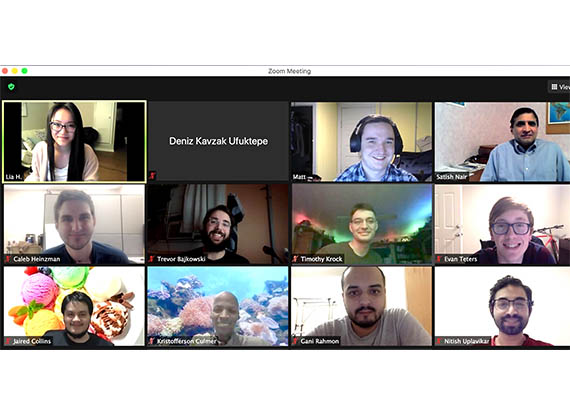
Professor Shares Insights into Neural Engineering
A highly renowned researcher took a few minutes out of his busy schedule this week to address graduate students in the Electrical Engineering and Computer Science Department. Satish S Nair is an EECS professor, director of the Neural Engineering Lab and one of the first researchers to begin using engineering principles to better understand the…
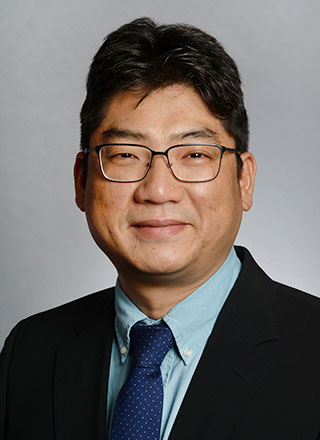
Mizzou Engineer Researching Predictive Maintenance with Aid of Machine Learning
Failing equipment, whether a dead car battery or paper jam, can ruin your day and alter your plans. Or a manufacturer’s production line fails for an unknown reason, causing delays in production, shipping and sales. Currently, there is very little to no warning given to address these problematic issues before they happen. However, Kangwon Seo, an assistant professor in industrial and manufacturing systems engineering with a joint appointment in statistics, is researching how machines can use predictive maintenance themselves to detect when they are going to fail.
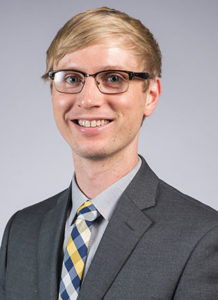
Young Honored with Top Investigator Award
Matthias Young, assistant professor in biomedical, biological and chemical engineering, received the prestigious 2020 Paul H. Holloway Young Investigator Award from the American Vacuum Society (AVS) Thin Film Division.

Ma Elected National Academy of Inventors Fellow
Mechanical and Aerospace Engineering Professor Hongbin “Bill” Ma was elected to the level of Fellow by the National Academy of Inventors (NAI). This is the top professional designation for academic inventors worldwide. “I am very excited about being named a Fellow,”…